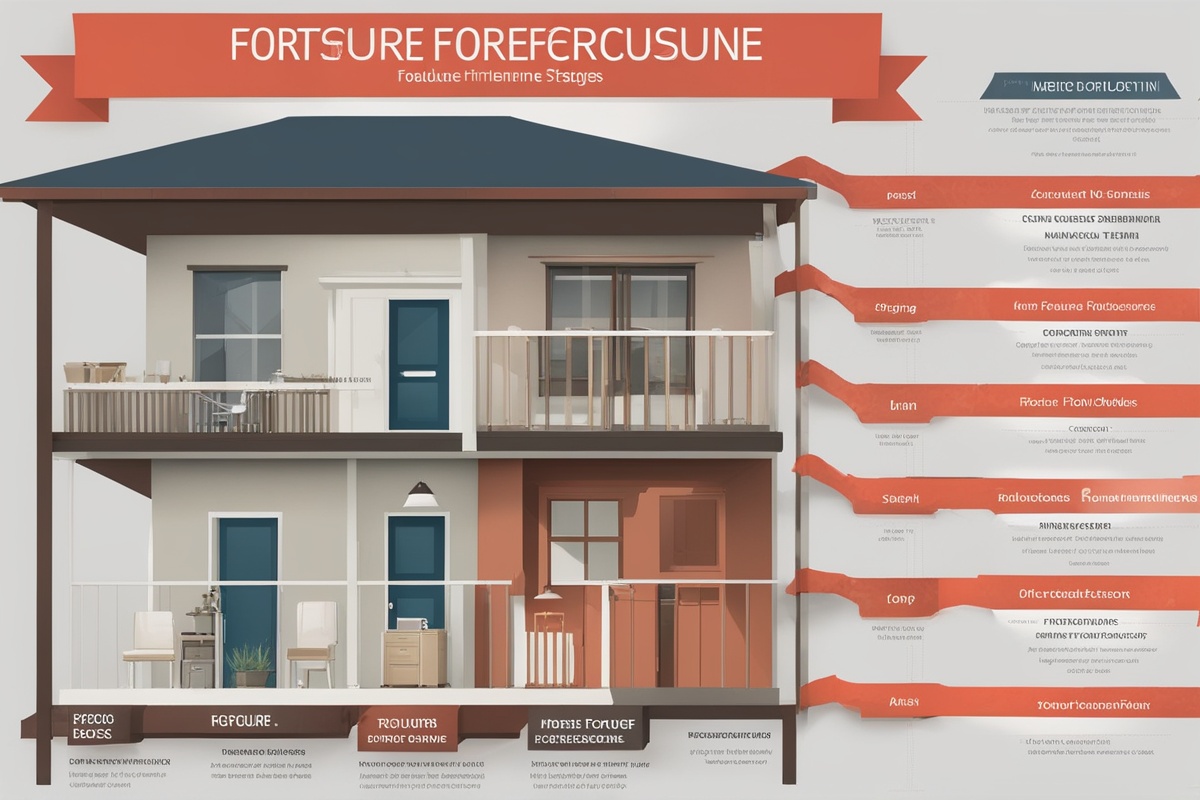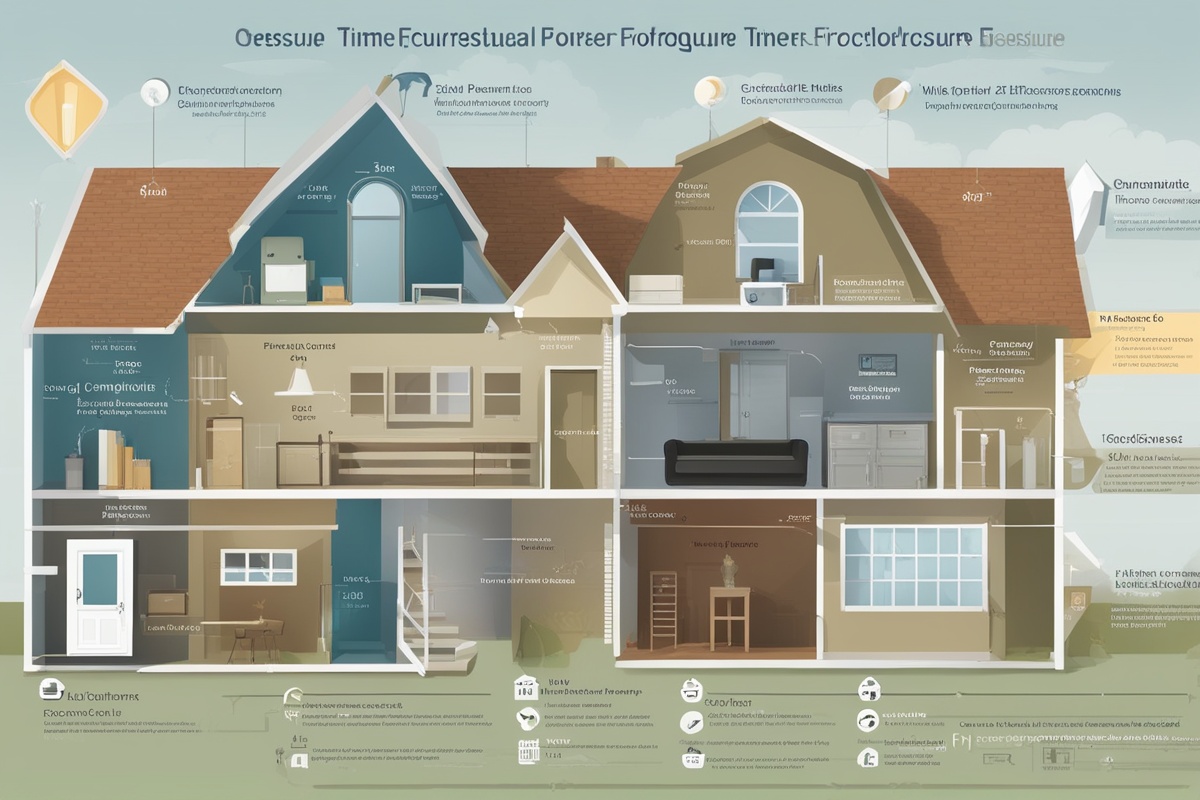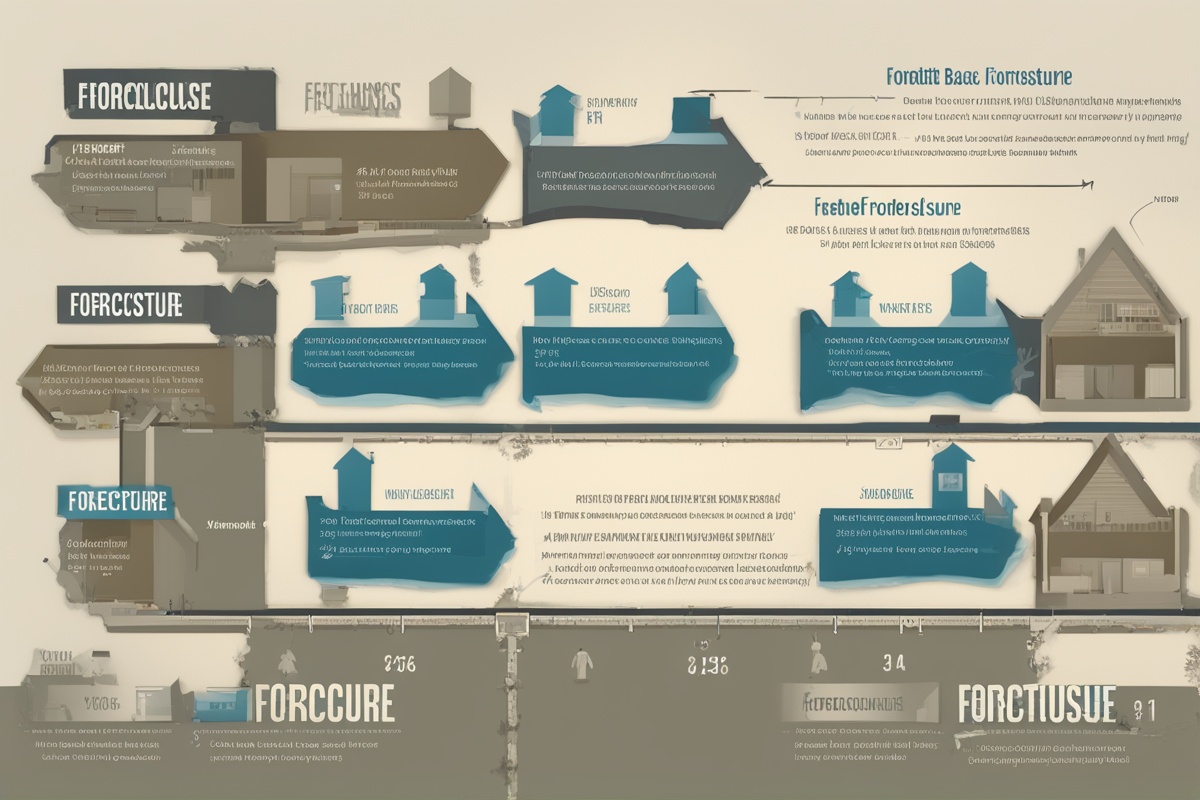Navigating the complex process of property repossession can be daunting for homeowners facing financial difficulties. Understanding property repossession stages is crucial to managing the situation effectively and exploring possible solutions to avoid losing your home. This comprehensive guide breaks down the key phases of the foreclosure timeline, offering clarity and actionable insights for those at risk of repossession.
What Is Property Repossession?
Property repossession, often synonymous with foreclosure, is the legal process by which a lender takes back a property from a borrower who has failed to meet the terms of their mortgage agreement, typically due to missed payments. This process varies by state and country, but the core stages remain similar. Understanding property repossession stages can help homeowners recognize where they stand in the timeline and what options are available to them, such as loan modifications or short sales.
Stage 1: Missed Payments and Initial Notices
The repossession process often begins when a homeowner misses one or more mortgage payments. Lenders typically send a notice of default or a late payment reminder after the first missed payment, usually within 30–60 days. This initial communication serves as a warning, urging the borrower to catch up on payments. At this stage, it’s critical to contact your lender to discuss options like payment plans or forbearance agreements. Ignoring these notices can escalate the situation quickly.
For more information on handling missed payments, check out our detailed guide on Managing Mortgage Delays.
Stage 2: Notice of Default and Pre-Foreclosure
If payments remain unpaid for 90 days or more, the lender may issue a formal Notice of Default (NOD). This document marks the beginning of the pre-foreclosure stage, signaling that the lender intends to pursue legal action if the debt isn’t resolved. During pre-foreclosure, homeowners often have a window of opportunity to reinstate the loan by paying the overdue amount plus fees or to negotiate alternatives with the lender. Understanding property repossession stages at this point can be a lifeline—many homeowners successfully avoid foreclosure by acting promptly here.
Learn more about pre-foreclosure options in our post on Pre-Foreclosure Solutions.
Stage 3: Foreclosure Filing and Legal Proceedings
If the borrower fails to resolve the default, the lender will file a foreclosure lawsuit or initiate a non-judicial foreclosure process, depending on the state’s laws. In judicial foreclosure states, the lender must go through the court system, which can take several months and provides the homeowner additional time to respond. In non-judicial states, the process is faster, often handled through a trustee sale. At this stage, homeowners may receive a Notice of Sale, indicating that the property will be auctioned if no resolution is reached. Legal assistance is often recommended to navigate this complex phase of understanding property repossession stages.
Stage 4: Auction or Public Sale
Once the foreclosure process advances, the property is scheduled for a public auction or trustee sale. This is typically advertised in local newspapers or online platforms to attract potential buyers. If the property is sold, the proceeds go toward paying off the outstanding mortgage balance, fees, and costs. If the sale price is less than the debt owed, the homeowner may be responsible for the deficiency, depending on state laws. If no one bids on the property, it often reverts to the lender as a Real Estate Owned (REO) property. This stage marks a critical point in the repossession timeline, where homeowners may lose ownership rights.
For tips on what to do if your home is headed to auction, see our article on Avoiding Foreclosure Auctions.
Stage 5: Eviction and Post-Foreclosure
After the property is sold at auction or transferred to the lender, the former homeowner may face eviction if they haven’t already vacated the premises. The new owner, whether a third party or the lender, will typically issue a notice to vacate, giving the occupant a short period (often 3–30 days) to leave. In some cases, programs like “cash for keys” may be offered, where the lender provides a small payment to encourage a swift and peaceful departure. Understanding property repossession stages even after the sale can help individuals prepare for the transition and explore resources for housing assistance.
Preventing Repossession: Options and Resources
While the repossession process can seem inevitable, there are several strategies to halt or delay it. Homeowners can explore loan modifications, refinancing, or forbearance agreements with their lenders. Government programs, such as those offered by the U.S. Department of Housing and Urban Development (HUD), provide counseling and assistance for struggling borrowers. Additionally, selling the property through a short sale—where the lender agrees to accept less than the owed amount—can prevent a foreclosure mark on your credit report. Understanding property repossession stages empowers homeowners to take proactive steps at any point in the timeline.
Discover more about government assistance programs in our resource on HUD Foreclosure Help, or explore short sale options in Short Sale Basics.
Disclaimer: The information provided in this article is for general informational purposes only and should not be considered legal or financial advice. Property repossession laws and processes vary by state and country, and individual circumstances can significantly impact outcomes. We strongly recommend consulting with a qualified attorney, financial advisor, or housing counselor to address your specific situation before making any decisions related to foreclosure or property repossession.
References
- U.S. Department of Housing and Urban Development (HUD) – Avoiding Foreclosure
- Consumer Financial Protection Bureau (CFPB) – What is Foreclosure?
- Federal Reserve – Foreclosure Resources
- Nolo – The Foreclosure Process
- Fannie Mae – Avoid Foreclosure
This content is for informational purposes only and not a substitute for professional advice.





